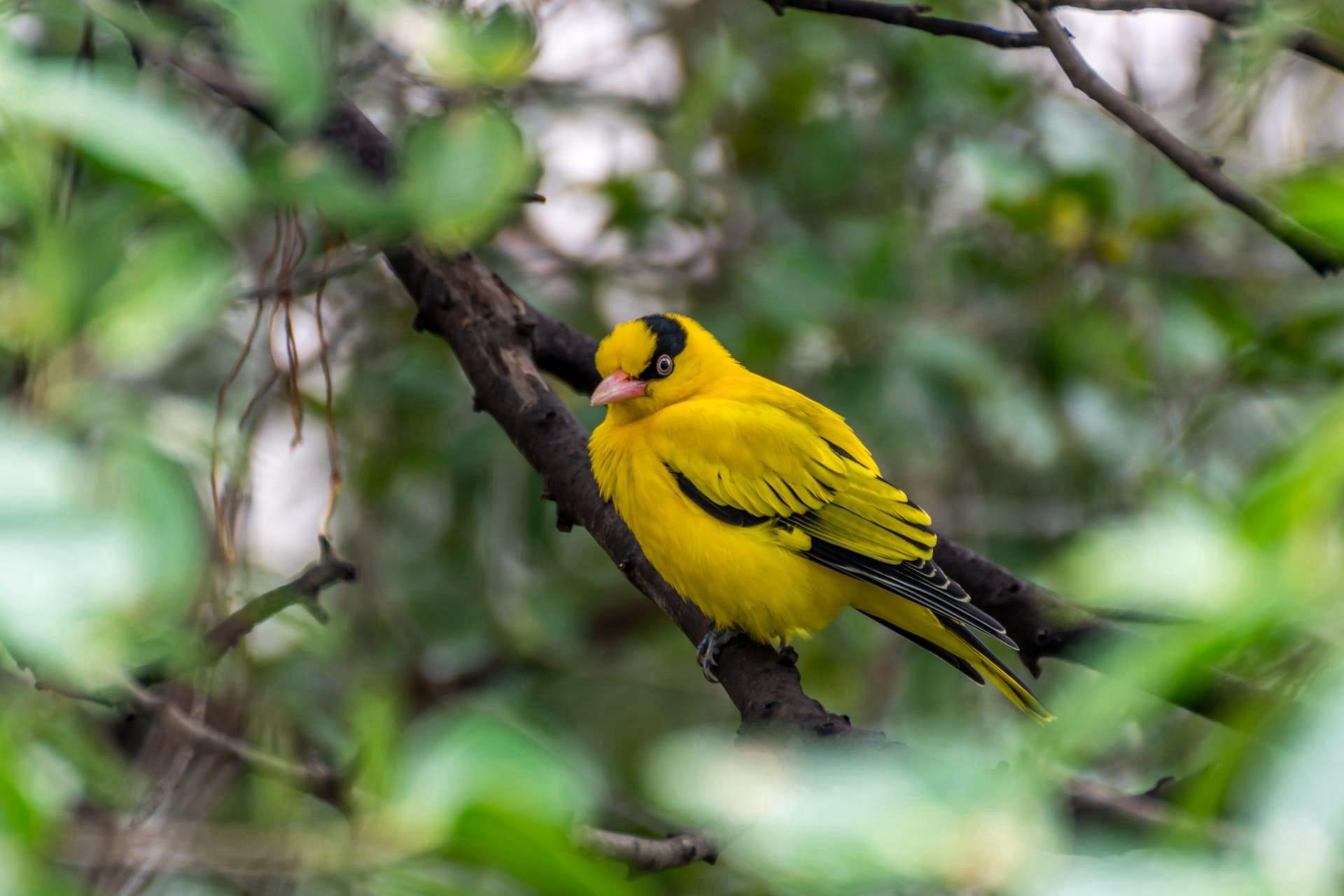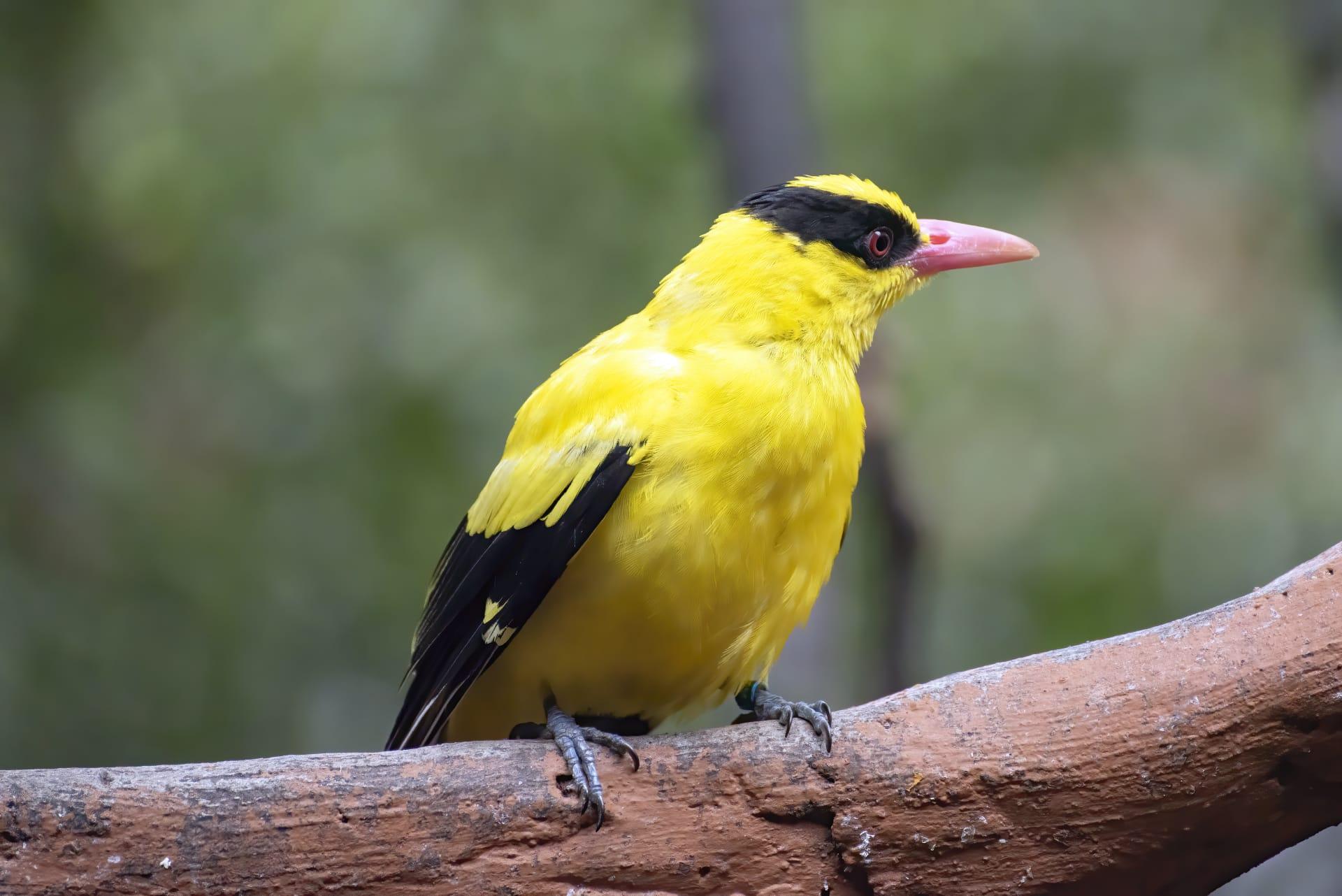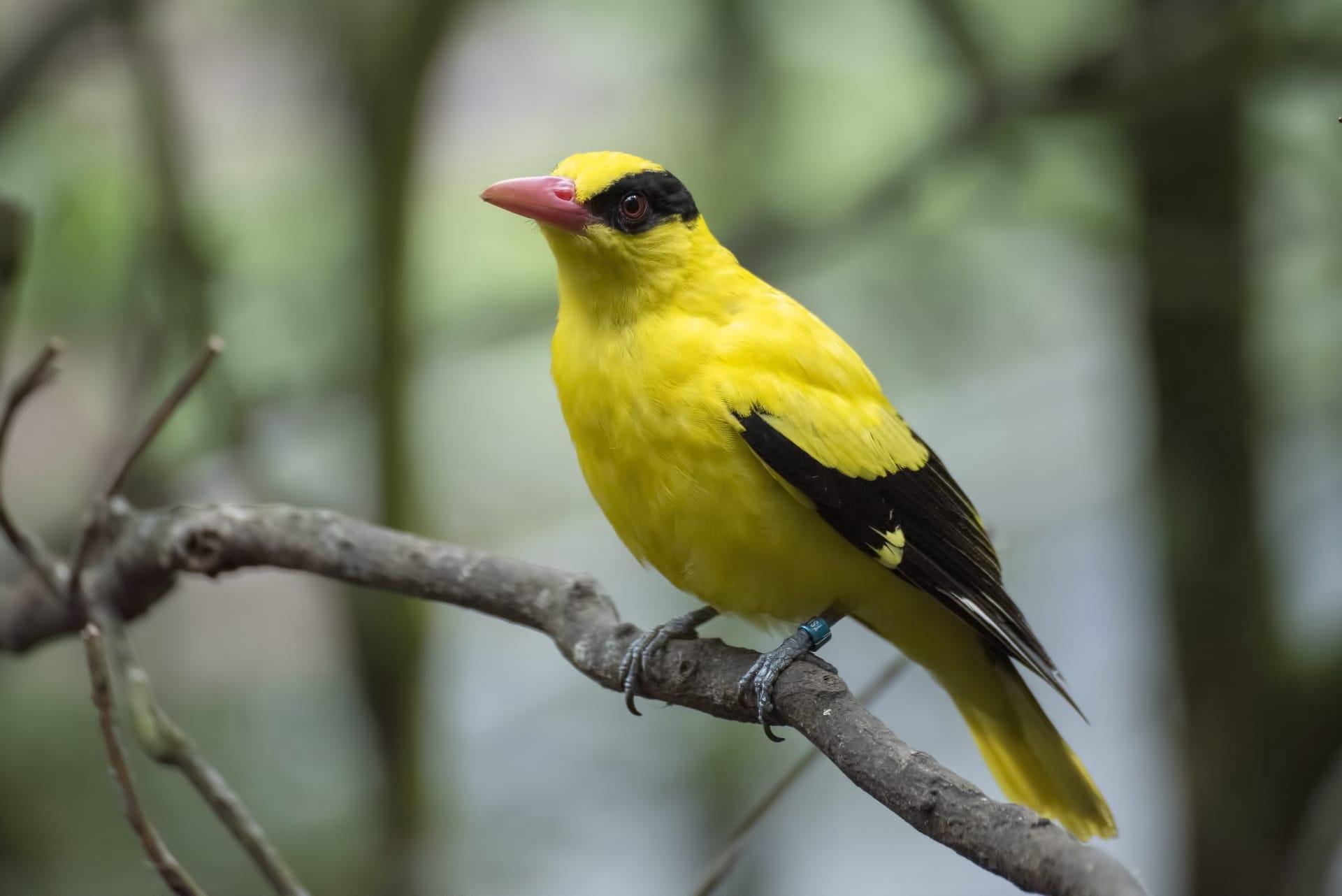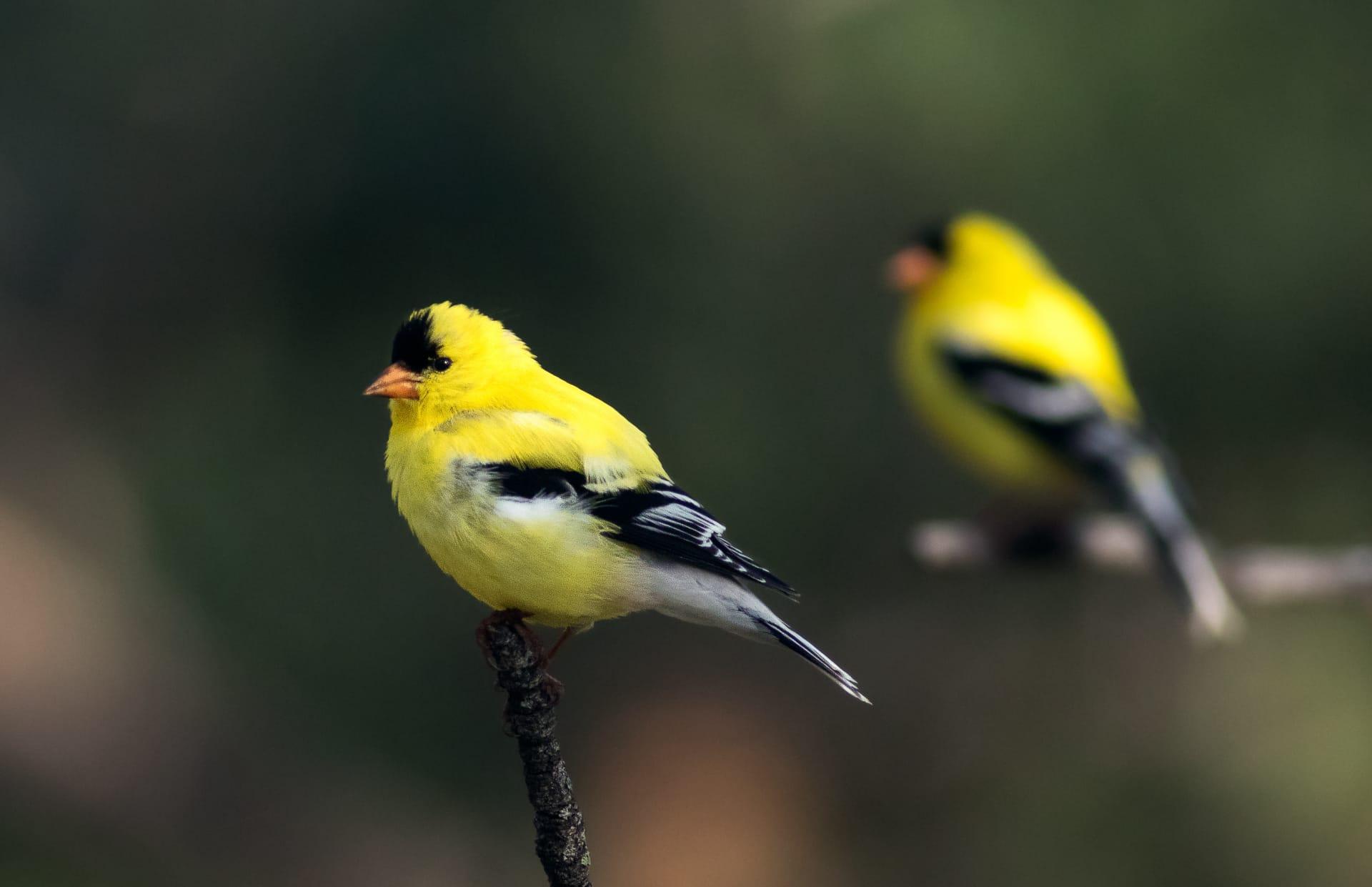Goldfinch Characteristics
- Home /
- Mini Encyclopedia /
- Animal /
- Goldfinch Characteristics
1
The Goldfinch, a small yet striking bird, is a marvel of nature. Typically measuring about 4.7 to 5.5 inches in length, they weigh around 0.4 to 0.7 ounces. The goldfinch's average lifespan in the wild spans about 4 to 7 years, though some have been known to live longer under optimal conditions. This bird's vibrant plumage, especially the male's, with its bright yellow and black wings, makes it easily recognizable.
One of the most distinctive organs of the Goldfinch is its beak. This slender, conical beak is perfectly adapted for its diet. Primarily seed-eaters, their beaks are adept at extracting seeds from thistles and teasels. This specialized beak is not only a tool for feeding but also a vital adaptation for their survival, allowing them to access food sources that many other birds cannot.

2
Question: What do Goldfinches eat?
Answer: Goldfinches have a diet primarily composed of seeds, which constitutes about 99% of their overall diet. They are particularly fond of the seeds from plants like thistles, dandelions, sunflowers, and ragweed. During the breeding season, they may also consume small insects and caterpillars, providing them with additional protein.

3
The movement of the Goldfinch is characterized by its graceful and fluid flight pattern. Often observed in a bouncy flight, they can be seen flitting over fields and gardens. This flight pattern involves a series of wing beats and glides, creating an undulating motion that is both efficient and beautiful.
When it comes to foraging, Goldfinches exhibit a unique behavior. They are adept at clinging to seed heads, often hanging upside down to access seeds. Their agility and balance allow them to exploit food sources in a way few other birds can. Their preference for seeds means they spend significant time in open fields and garden areas, making them a common sight for bird watchers.

4
Goldfinches thrive in a variety of habitats, including gardens, orchards, and meadows. They are commonly found in areas with a high concentration of thistles and other seed-bearing plants. These birds prefer habitats that offer a combination of open space for foraging and trees or shrubs for nesting.
In terms of reproduction, Goldfinches breed later in the year compared to many other birds, usually in late July or August. This timing corresponds with the peak abundance of seed heads from thistles and other plants. They build their nests in the branches of trees and shrubs, using materials like grasses and plant fibers, and line them with thistledown. A typical clutch consists of 4 to 6 eggs, which are incubated primarily by the female for about 12 to 14 days.

5
Book: "The Goldfinch: A Guide to Identification and Natural History" by Richard F. Johnston, published in the United States in 1991. This book delves into the detailed identification, behavior, and habitat of the Goldfinch across North America. Johnston's work is comprehensive, covering aspects from the bird's migratory patterns to its role in the ecosystem, making it a valuable resource for both bird enthusiasts and ornithologists.
Book: "Goldfinches" by Stephen Moss, released in the United Kingdom in 2004. Moss, a renowned naturalist and author, presents an engaging narrative about the life of the Goldfinch. The book encompasses the bird's biology, its place in literature and culture, and tips for observing and attracting Goldfinches to gardens. Moss's storytelling intertwines facts with personal anecdotes, offering readers an insightful and delightful exploration of this beloved bird.